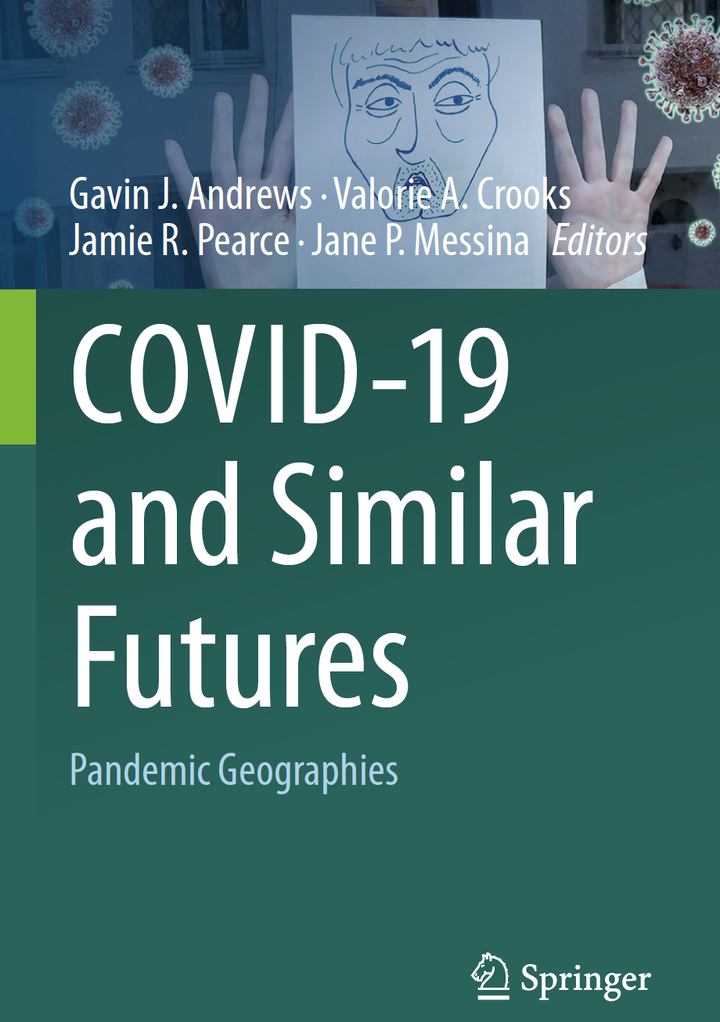
Abstract
The need for real-time, frequent, and internationally spanning information is crucial when dealing with dynamic and fast evolving pandemics. Governmental organizations need to understand, adapt, forecast, and target based on daily information over the course of a pandemic. Administrative data systems play important roles, but can be limited through slow data releases, insufficient data linkage between systems, and narrow range of measures. We require additional data sources to supplement and complement these traditional data systems to cover their gaps and feed into real-time decision making. In our chapter, we evaluate the contribution of new forms of (big) data for studying the socio-demographic and health issues emerging from COVID-19. Examples include (1) utilizing social media records to study the spread of misinformation and fake news; (2) mobile phone data and GPS tracking to estimate compliance in lockdowns; (3) satellite data to enhance support efforts where geospatial data are limited including measuring changes in air pollution, energy consumption, vessel and air traffic, and population distribution; (4) Google search trends for studying human behaviours. We conclude by critically reviewing these applications, as well as the strengths and weaknesses of these non-traditional data sources for informing prevention and mitigation efforts in managing the pandemic.